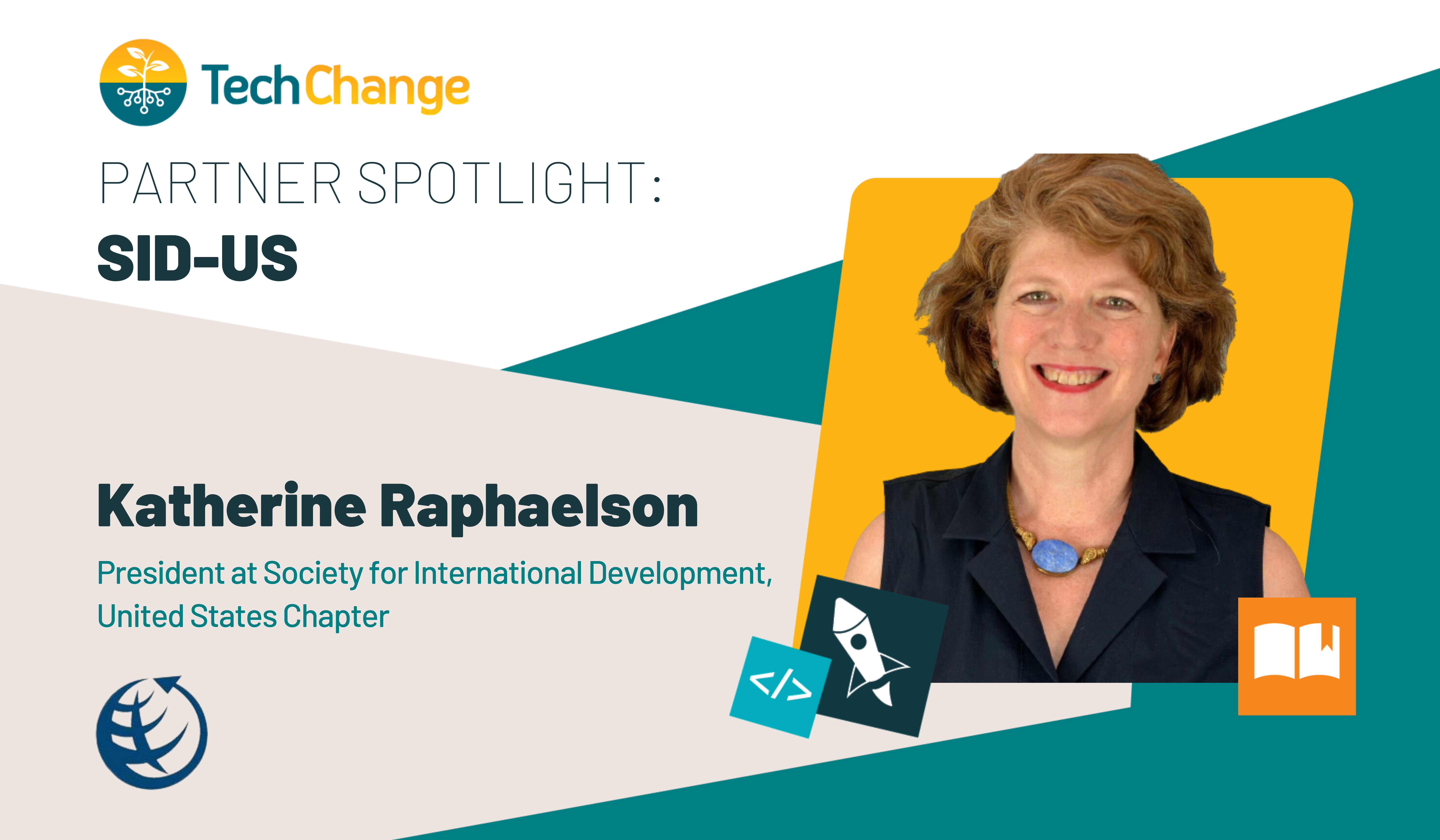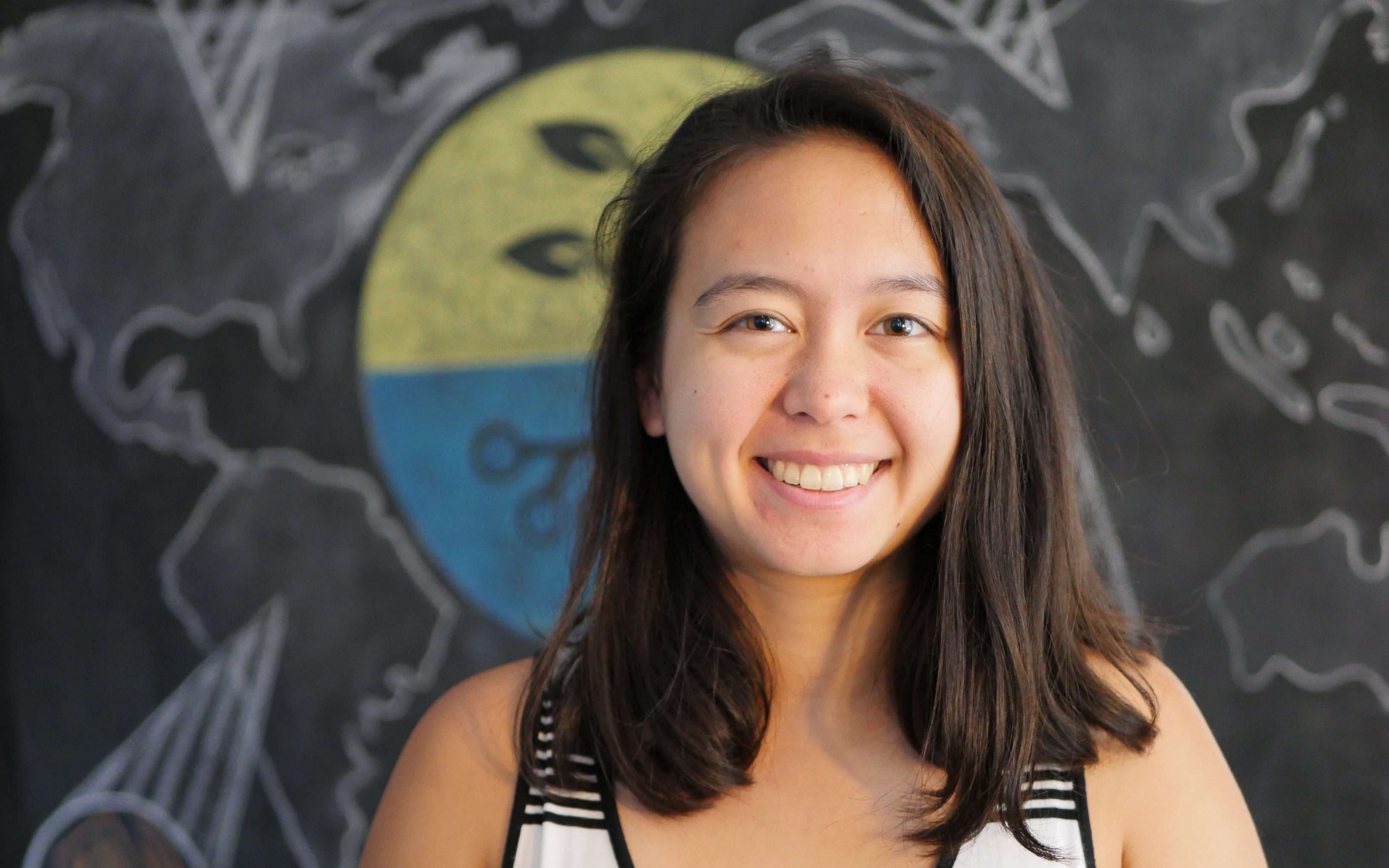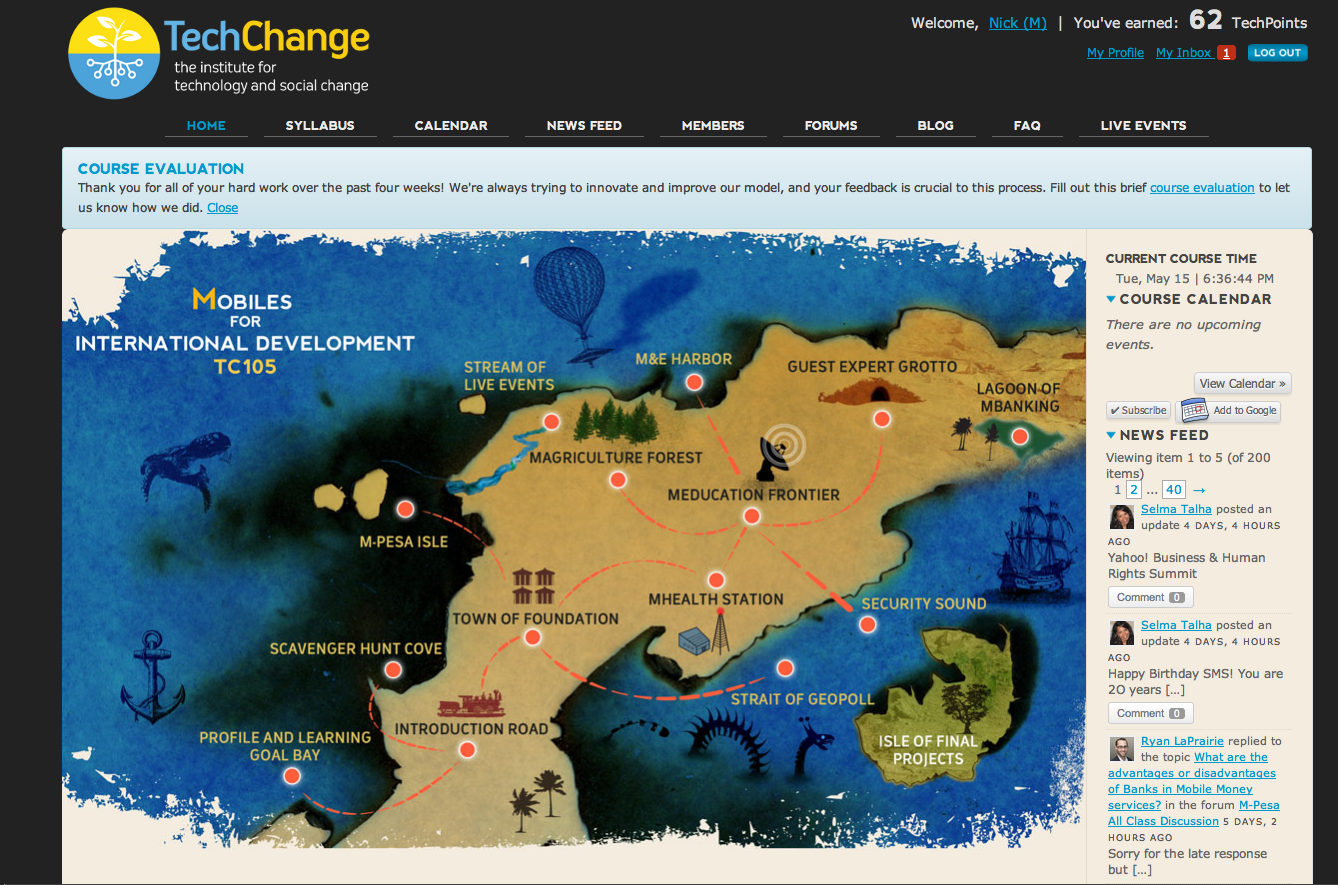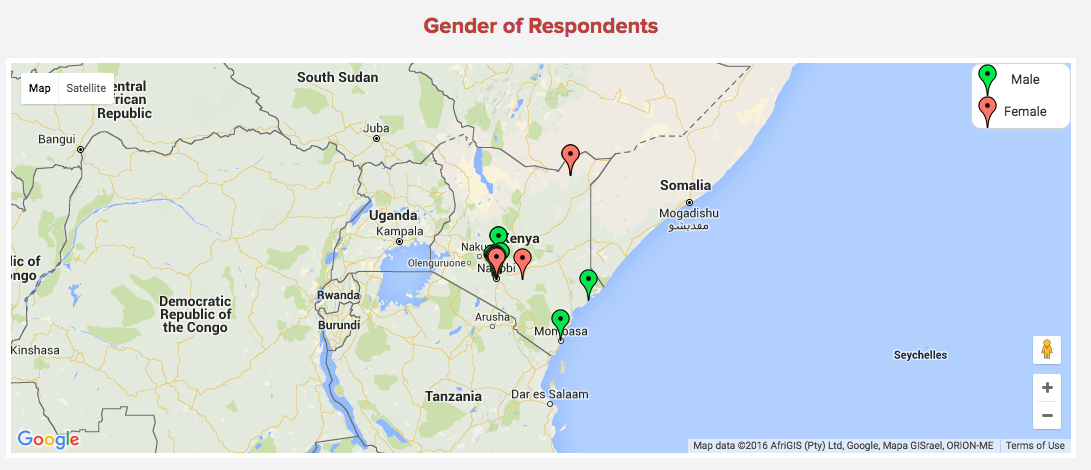SID-US (formerly SID-Washington) is the largest and most active chapter of the Society for International Development (SID), an international network founded in 1957 to serve as a global forum dedicated to sustainable economic, social and political development. SID-US brings diverse constituencies together to debate critical ideas, innovations, policies and practices, advancing equitable development.
TechChange has had the honor of supporting the SID-US Conference annually since 2020, including the upcoming 2023 SID-US Annual Conference taking place on May 24 online and in Washington, DC. SID-US President Katherine Raphaelson shares her reflections on their 2022 hybrid experiment and what’s in store for 2023.
***
Q: Leading up to the SID-US 2022 conference, what were you most excited for?
A: We were excited (and nervous) to see how a truly hybrid conference would work. We had a vision for what the day would encompass and how it would feel for in-person and virtual attendees and were eager to see our vision take shape.
Q: What were you most worried about while organizing a hybrid conference?
A We were very worried about the many, many moving parts and something falling through the cracks or simply not working. We realized that having a truly hybrid conference is really like running 2.5 or even 3 conferences at once – the in-person one, the virtual one, and connecting the two. We were worried some link in the chain would not hold and it would be messy.
Q: What were some of the benefits of hosting a hybrid conference compared to an in-person or virtual event?
A: We were able to include participants from all corners of the globe – attendees and speakers. This made for much richer conversations and interactions and made it all more inclusive. At the same time, our in-person attendees were able to have the connections they had missed so much during the pandemic, engaging in ways that virtual just doesn’t really support.
Q: How did you ensure that both in-person and virtual attendees had an equal opportunity to participate and engage with the conference?
A: We tried to give equal attention to both aspects of the conference and to make sure our virtual attendees did not feel as though they were simply watching all of us in person interacting. We tried to ask questions of the virtual attendees and to bring video to them from the exhibit hall floor via the Pop Up Studio. We had staff assigned specifically to manage virtual pieces vs. in-person.
Q: What was your favorite session or feature of last year’s event?
A: We all loved the Pop Up Studio and felt that surpassed expectations. It truly connected the virtual and in-person participants and made it a hybrid event. We also liked the lunch session which was hybrid and involved several in-person and several virtual speakers, including one who was both deaf and blind and needed an interpreter. It was very challenging putting that together and we thought it worked extremely well and felt truly inclusive.
Q: Did you receive any feedback from attendees about the hybrid format? If so, what were some of the key takeaways?
A: Yes we did. Many felt that it worked quite well. We did learn that attendees do not like pre-recorded sessions, not surprisingly, and prefer all sessions to be live, whether in-person or virtual.
Q: What are you most excited about for this year’s conference coming up on May 24?
A: I am excited to be doing most of the same things as last year to hold a fully hybrid conference but with more confidence since we have done it before. Last year was a little nerve wracking. This year we are genuinely excited. We feel we can improve on many aspects and attract a really vibrant crowd – both virtually and in person. In fact, we already have a lot more people coming than I would have anticipated at this point. I also think people feel a little safer gathering in person than we did last year so I am excited about that.
Q: What new features or improvements will be made to the conference based on feedback from last year’s event?
A: We will not have any pre-recorded virtual breakout sessions – they will all be live. We hope to have a way for in-person attendees to gather in certain spaces to see the virtual programming throughout the day. This is challenging due to the configuration of our space at the Ronald Reagan Building but we are working on it.
Q: How are you approaching the theme and agenda for this year’s conference?
A: This year’s theme was determined via crowdsourcing – we asked SID-US members and the broader international development community to vote and the clear winner was Power Shift: Defining the Next Decade of Development. This is a great theme for where we are right now and what our priorities and those of our members are. Power shift addresses so many key priorities from localization to DEIA to private sector engagement, youth engagement and so much more. And it really is what will define the next decade of development. The agenda is still in the works! We hope to have more to say on this soon but we anticipate keynote speakers, high level panels, and many breakout sessions – both in-person and virtual. Of course, we’ll also have networking time.
Q: Can you share any keynote speakers or panelists that you are particularly excited about for this year’s event?
A: Not yet! But soon!
Q: Where can people find out more?
A: Here! http://www.sidusconference.org/




